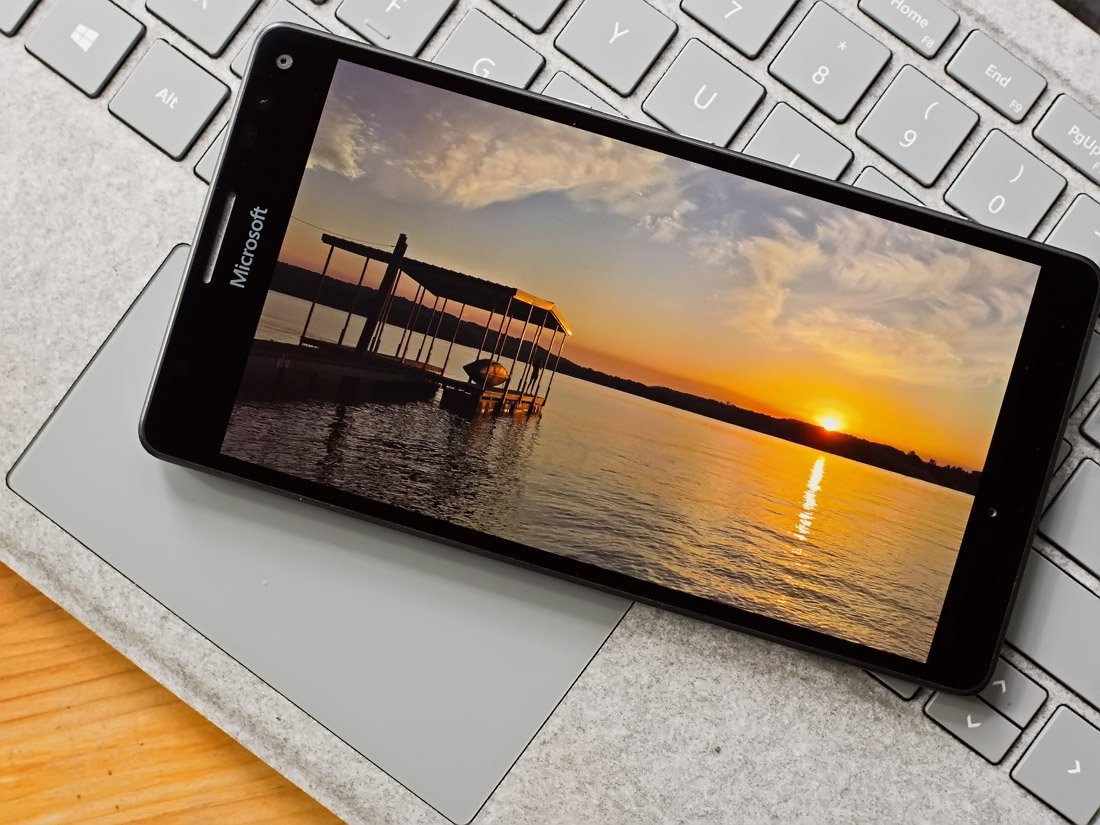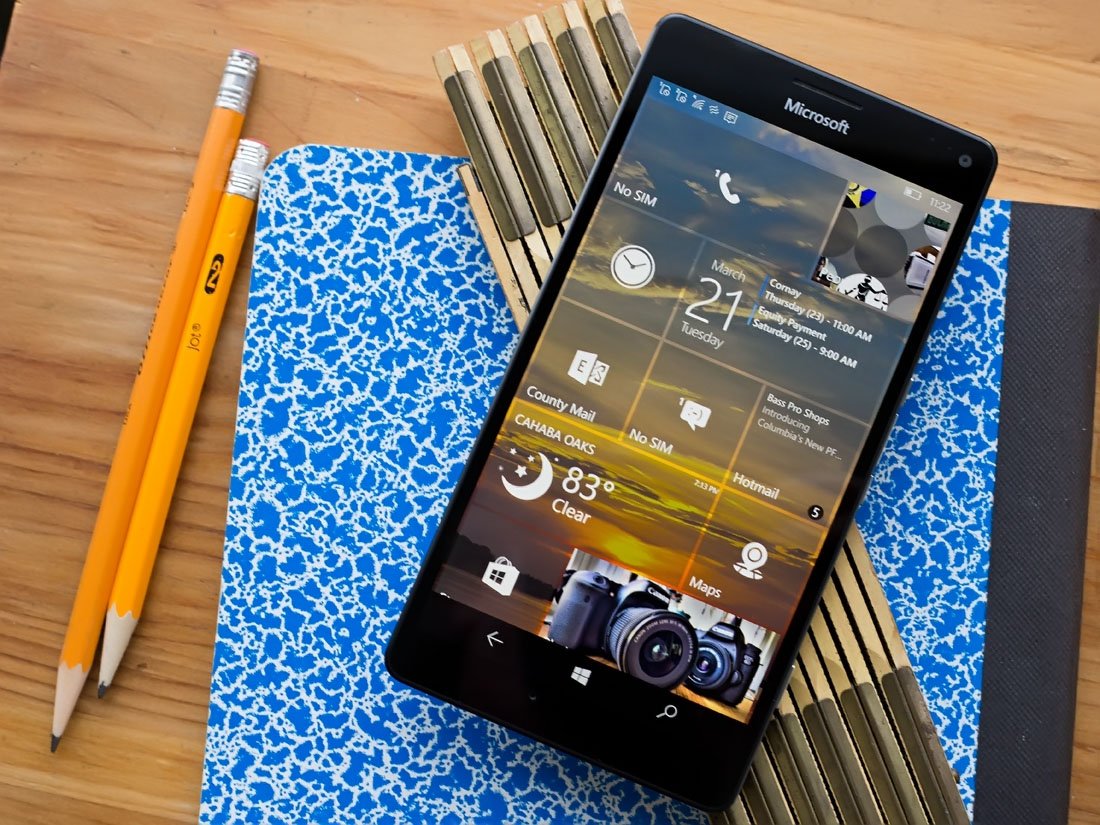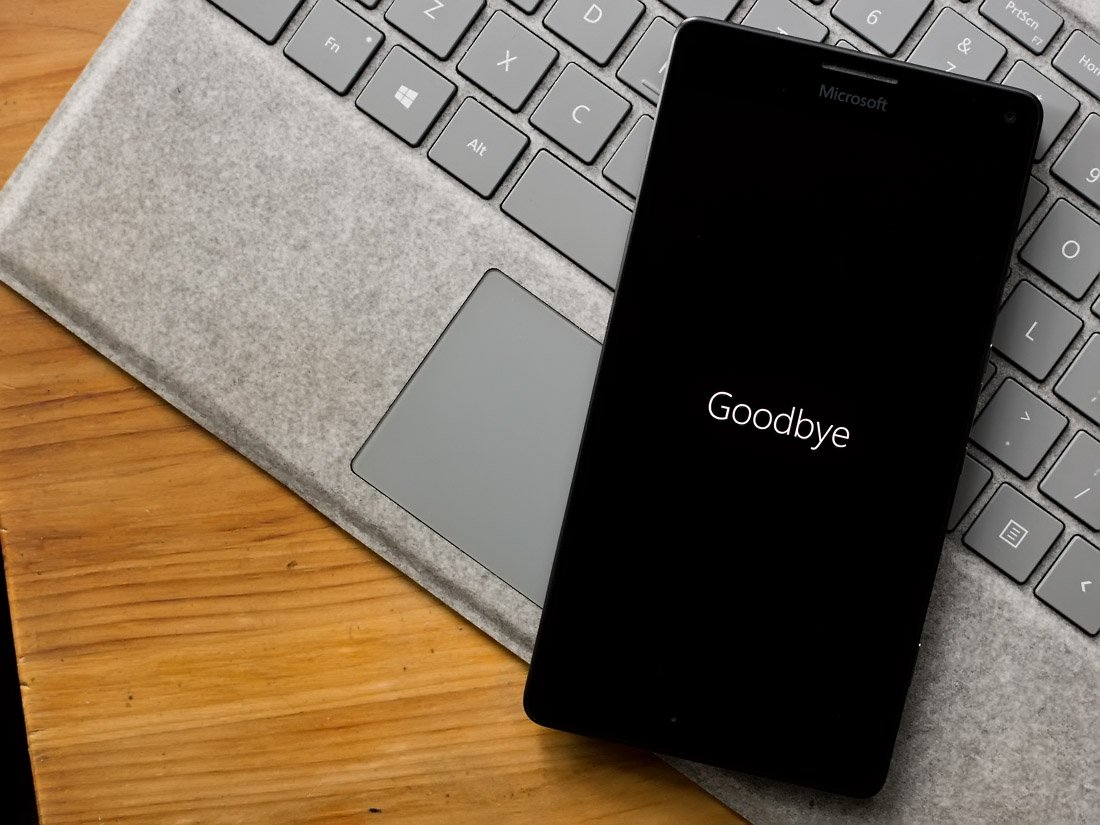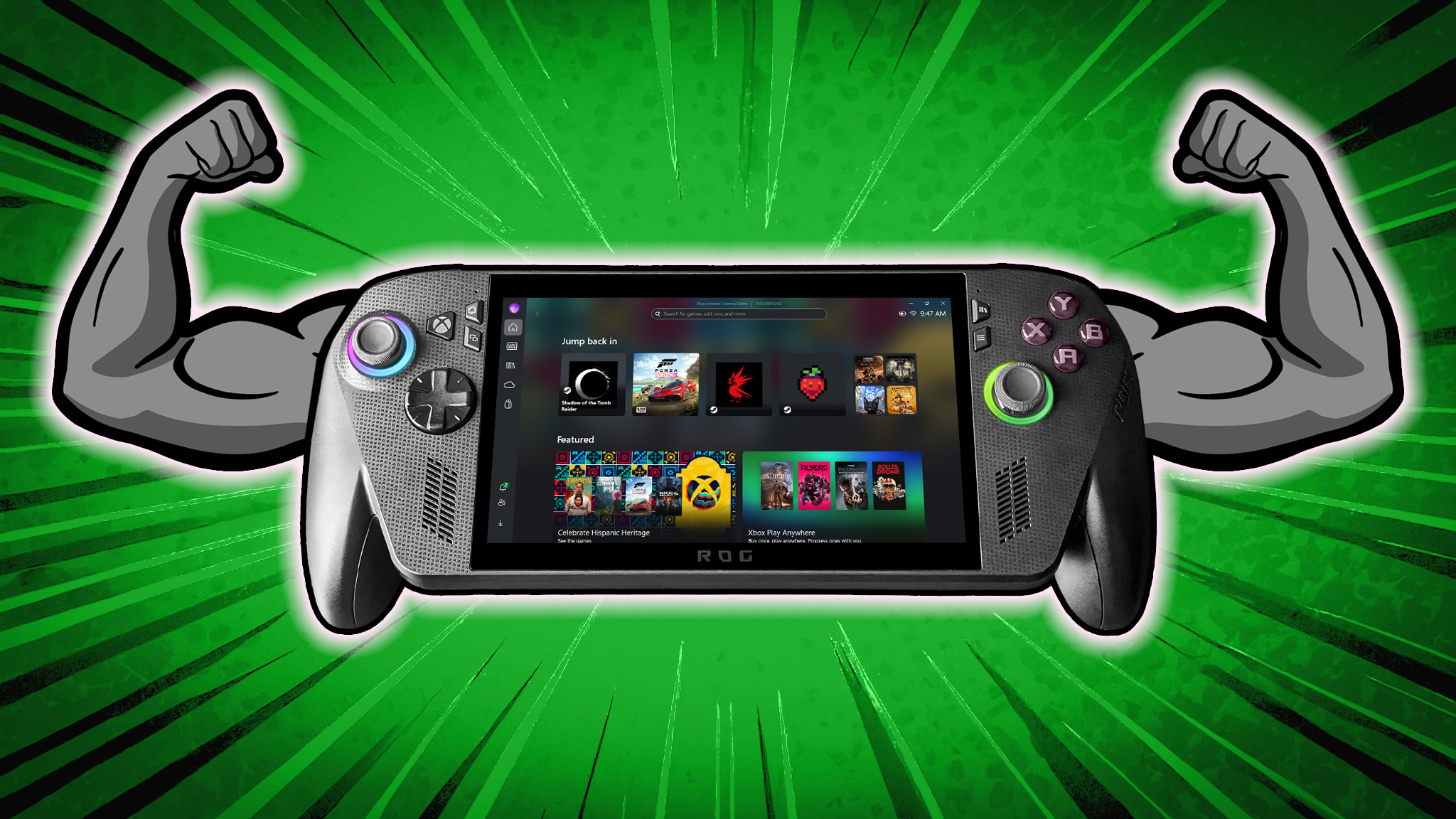What's next for Windows 10 Mobile and existing Windows phones
Windows 10 Mobile, feature2, and what the future holds for existing devices. Here's everything you need to know.

The future of Windows 10 Mobile has been a popular topic among fans and critics ever since Microsoft announced that development of Windows 10 Mobile would be moving to a new "feature2" branch and remaining there. While Microsoft has said this change is insignificant, my sources paint a different story; that Windows 10 Mobile development has been separated from the rest of Windows 10 on other platforms. But why?
Microsoft has separated Windows 10 Mobile development away from the rest of Windows 10 because Windows 10 Mobile is no longer needed for what Microsoft is planning next for Windows on mobile devices. My contacts suggest that Microsoft's next mobile device (codenamed Andromeda) will be running something internally referred to as Windows Core OS; a version of Windows that aims to be modular enough to run on any form factor, and as a result removes the need for a separate "Windows 10 Mobile" SKU.
Because of this, Microsoft no longer needs a phone-specific version of Windows 10, which means Windows 10 Mobile is now redundant. This is great news, except for one crucial detail; existing Windows phones won't be getting an upgrade to this "Windows Core OS." So what's next for existing devices? Well first, it's important to understand what the feature2 development branch is actually for.
The feature2 branch
According to my sources, the feature2 branch exists to continue supporting existing Windows phone handsets over the next year and a half. The feature2 branch's main goal is to continue servicing Windows 10 Mobile devices through 2018 with bug fixes, security updates, and new Enterprise specific features. I'm also told Microsoft may backport some UWP APIs that are introduced in Redstone 3 and Redstone 4 on PC over the next year. Microsoft itself has also confirmed that it will be bringing new APIs to Windows 10 Mobile.
The reason these APIs are being "backported" and not natively introduced is because the feature2 branch is technically Redstone 2 under the hood. When Microsoft branched off Windows 10 Mobile into the feature2 branch, it also froze OneCore development at Redstone 2. Now, considering Windows 10 Mobile won't be rejoining the rest of Windows 10 development, this means Windows 10 Mobile will be keeping with Redstone 2 for the remainder of its life.
So, to compensate for this, Microsoft will backport some UWP APIs that get introduced in Redstone 3 and Redstone 4. This means that if an app developer is targeting any new UWP APIs that get introduced in the next couple of Windows 10 releases, those apps will continue to work on Windows 10 Mobile. This should give Windows 10 Mobile an extra push of life through the next year or so.

This is why there's no "skip ahead" option for Windows 10 Mobile devices, because there is no Redstone 3 or Redstone 4 development of Windows 10 Mobile happening internally. There's simply nothing to skip ahead to. The only Windows 10 Mobile development ongoing now is in the feature2 branch, which as we've already established, is still Redstone 2.
All the latest news, reviews, and guides for Windows and Xbox diehards.
It is true that for a while, Microsoft did continue compiling Redstone 3 builds of Windows 10 Mobile internally, but only to continue developing CShell on smaller, current engineering devices. However, I'm told that as of last month, that is no longer the case, as CShell is not coming to existing Windows phones. It's also worth noting that Microsoft's effort of backporting new APIs to Windows 10 Mobile is only planned up to Redstone 4, but that could change down the line.
App support won't last forever
After APIs stop getting backported, Windows 10 Mobile devices will very quickly fall behind the rest of Windows 10 when it comes to UWP app support. As developers start targeting new APIs that get introduced in Redstone 5, those apps won't be able to run on feature2 Windows 10 Mobile, meaning devices like the Lumia 950 and HP Elite x3 will quickly lose app support. Microsoft may continue to service Windows 10 Mobile with security updates throughout 2018 however.
Microsoft will continue to release production builds of Windows 10 Mobile outside of the Insider Program as well, and may even continue to align them with PC releases like the Fall Creators Update. But since development between Mobile and Desktop is now separate, Microsoft can opt to release Mobile updates on its own schedule if it wants.

So in short, Microsoft is keeping Windows 10 Mobile around for the foreseeable future to cater to its remaining users. The company is hoping to have its next attempt at Windows 10 on a mobile device ready before it drops support for Windows 10 Mobile entirely, which we're expecting will happen by the end of 2018.
I think it's fair to say that Microsoft's next attempt at Windows on mobile devices is some sort of reboot, as existing Windows phones will not be getting an update to it. Just like Windows Phone 7.8, Windows 10 Mobile feature2 updates will be small and cater to the few who remain on the platform, with Microsoft focusing most of its efforts on its new Andromeda device, which will have CShell too, of course.

